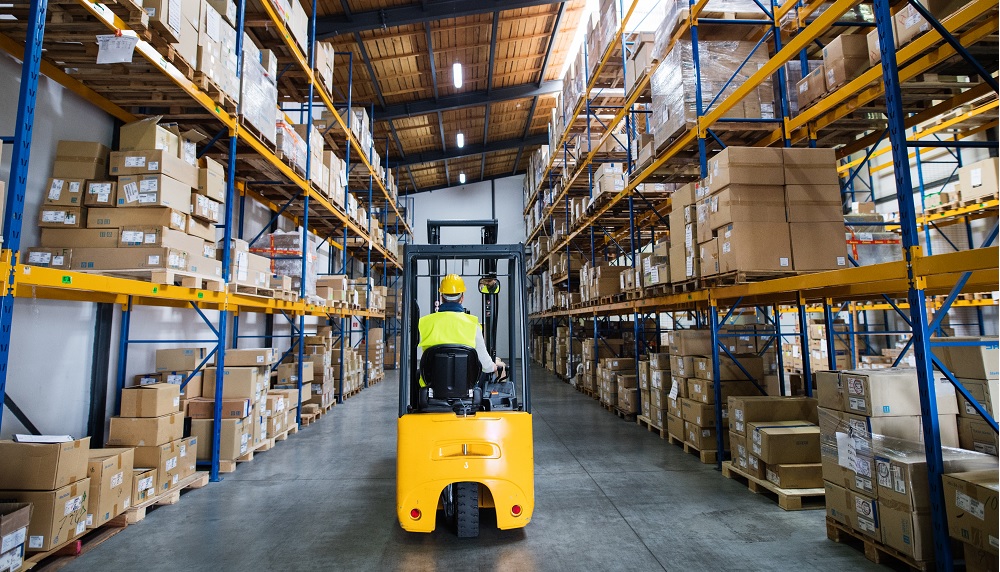Standing in a warehouse full of your products is intimidating. Endless rows of products and bundles intended for your future customers.
But do you have enough inventory for those customers? Is your warehouse optimized to get orders to them in time?
There is little room for error when moving products from the warehouse to the customer’s doorstep. One mistake or delay is all it takes to impact your company’s reputation and revenue stream.
But there are many common challenges in ecommerce logistics that lead to problems. Warehouse operations can quickly break down due to an inventory miscount or issues with your back-end warehouse logistics.
Warehouse optimization plans can offset these problems. We’ll explore what warehouse optimization means, why it is important, and how to create your optimization plan.
Importance of Warehouse Optimization
- Inventory management
Warehouses are central to ecommerce success because they store the most important part of the business – inventory.
No matter what kind of warehouse you use, the internal processes must be as efficient as possible. Prioritizing efficiency ensures timely order fulfillment for the end customer and minimizes costs through an effective supply chain. Optimizing warehouses allows firms to make the best use of space to create a productive and profitable environment.
Warehouse optimization does not mean sacrificing the quality of service to save on costs.
- Business growth
Regardless of whether a business is new to managing a warehouse or has been doing so for years, warehouse optimization should guide all internal procedures. Especially for a new business, it can help build a strong foundation for future success and growth.
For businesses already with a functional warehouse, it can assist in streamlining your inventory management strategy and improve areas that are not performing to their full potential.
Besides efficient warehouse operation, optimizing workflows also translates to financial benefits. As we know, a lot of things have to go right to fulfill a single order.
- Safe workplaces
One last reason to consider optimization is for the positive human impact it creates.
It’s easy to forget that real people work in warehouses where material handling equipment such as forklifts and pallet jacks are common.
A warehouse without the structure to address the movement of these tools and the safety of employees can ruin staff morale and lead to insurance claims in case of a serious accident or injury.
The Benefits of Warehouse Optimization
Warehouse automation consists of two parts ─ process automation and physical automation.
Whereas the prior refers to the automation of manual processes such as data collection for inventory purposes, physical automation refers to the use of tools such as drones and robots to assist in the movement of goods.
Here’s how these benefits translate to more profit:
- Accurate matching of labor to workload
A defined organizational structure in which each employee is working to his/her full potential minimizes worker fatigue and the need to pay overtime in times of high workload.
- Better planning and forecasting
Being able to plan and forecast inventory demands allows warehouses to better plan for the future. Having this data makes it easier to allocate resources without having to incur extra costs.
- More return customers
Providing good customer service (timely delivery) is one of the key deciding factors when it comes to repeat business. Optimizing a warehouse creates conditions in which high-demand items in-demand are always stocked, leading to timely order fulfillment.
When all this automation is combined, it creates a reliable system of flowing inventory, better inventory procedures, and faster packing processes. This all translates to improved order fulfillment rates.
Final Thoughts
The secret behind a successful warehouse is not just a good location, first-mover advantage, or pure luck. It is optimization.
Just like any business, warehouses must adapt to changes in the market or otherwise risk failure.
Warehouse optimization is a long-term project, and businesses should have a plan before they construct their warehouse. However, that doesn’t mean you can not start to make changes to your existing warehouses.
Using the information in this article can set you on the right track for overhauling your warehousing strategy to your benefit.



